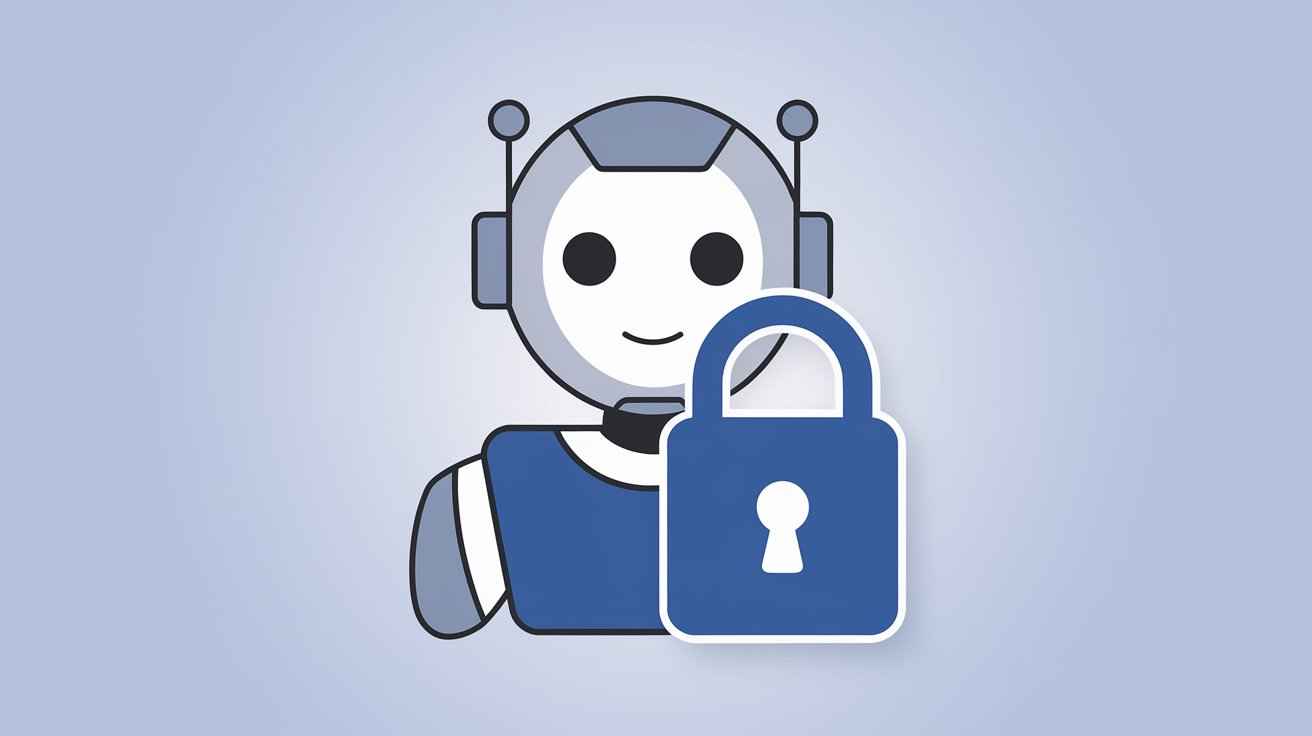Introduction
AI chatbots have become indispensable in various industries, from customer support to e-commerce. While they simplify processes and enhance user experiences, they also bring potential security risks. How Secure Are AI Chatbots. Understanding AI chatbot security is crucial for businesses and individuals leveraging this technology in their operations.
Security Risks in AI Chatbots
- Data Breaches
AI chatbots often manage sensitive user data, such as names, addresses, and even payment information. If improperly secured, this data can be exposed during a breach.
- Example: A popular retail chatbot experienced a breach in 2022, exposing thousands of customer records.
- Phishing and Malware Attacks
Hackers can exploit vulnerabilities in chatbots to distribute phishing links or malware. This is particularly concerning in industries handling sensitive personal or financial data.
- Scenario: Users receive a fake link through a chatbot, leading to fraudulent websites that harvest login credentials.
- Insufficient Authentication and Authorization
Some chatbots lack adequate user verification processes, making them susceptible to unauthorized access.
- Without multi-factor authentication (MFA), attackers can impersonate users or administrators.
- Inadequate Data Encryption
Many chatbots transmit data over insecure channels, leaving it vulnerable to interception during transfer. - Bias Exploitation and Model Manipulation
Adversarial attacks can manipulate the chatbot’s responses or exploit inherent biases in its training data, potentially leading to reputational damage for the company.
How Secure Are AI Chatbots to Enhance AI Chatbot Security
- Data Encryption
Using end-to-end encryption ensures that all data exchanged between users and the chatbot remains secure from interception.
- Technologies like SSL/TLS should be standard.
- Authentication and Authorization Protocols
Implement multi-layered authentication systems to validate both users and administrators accessing chatbot systems.
- Examples include biometric verification and one-time passcodes.
- Regular System Updates and Patch Management
Frequent updates ensure that vulnerabilities are addressed as they are discovered. AI developers must prioritize timely fixes. - Human Oversight
While automation reduces human involvement, ensuring that sensitive decisions or responses require human approval minimizes the risk of errors. - Security Audits and Penetration Testing
Conduct periodic audits to identify potential vulnerabilities and implement best practices for safeguarding data.
- Tools like OWASP ZAP can assist in identifying chatbot weaknesses.
Case Study: A Lesson in Security
In 2023, a financial institution suffered a chatbot-related breach when encrypted transaction data was mishandled. The attackers exploited a flaw in the chatbot’s API, accessing sensitive customer information. Following the incident, the company adopted multi-factor authentication and stricter encryption protocols, reducing future risks.
How Users Can Protect Themselves
How Secure Are AI Chatbots?
- Be Cautious with Sensitive Information
Avoid sharing personal or financial details with chatbots unless absolutely necessary. - Verify Chatbot Authenticity
Always ensure you’re interacting with an official chatbot by verifying URLs or domains. - Monitor Account Activity
Regularly check accounts for unauthorized transactions or activity to detect potential breaches early.
External Resources for Enhancing Chatbot Security
- OpenAI’s Security Best Practices
- IBM’s Secure AI Implementation Guidelines
- CSO’s Insights on AI Chatbot Protection
Conclusion
AI chatbots are powerful tools that can significantly enhance customer experience and operational efficiency. However, their benefits come with responsibilities. Businesses must implement robust AI chatbot security measures to protect their data and reputation. By combining advanced technical solutions with user awareness, organizations can reap the benefits of AI while minimizing potential risks.

